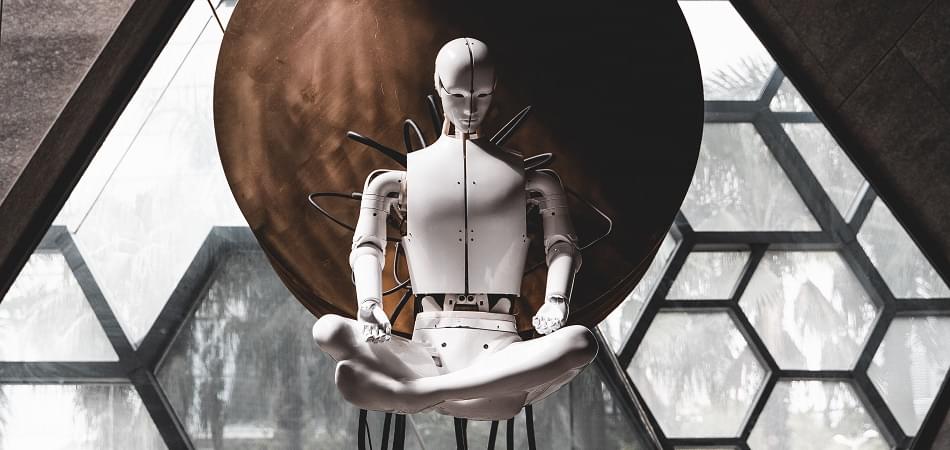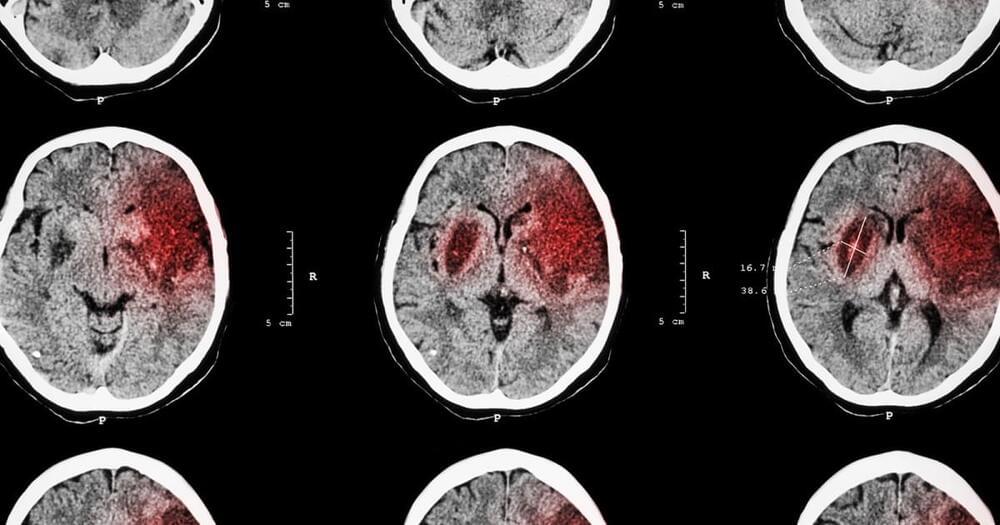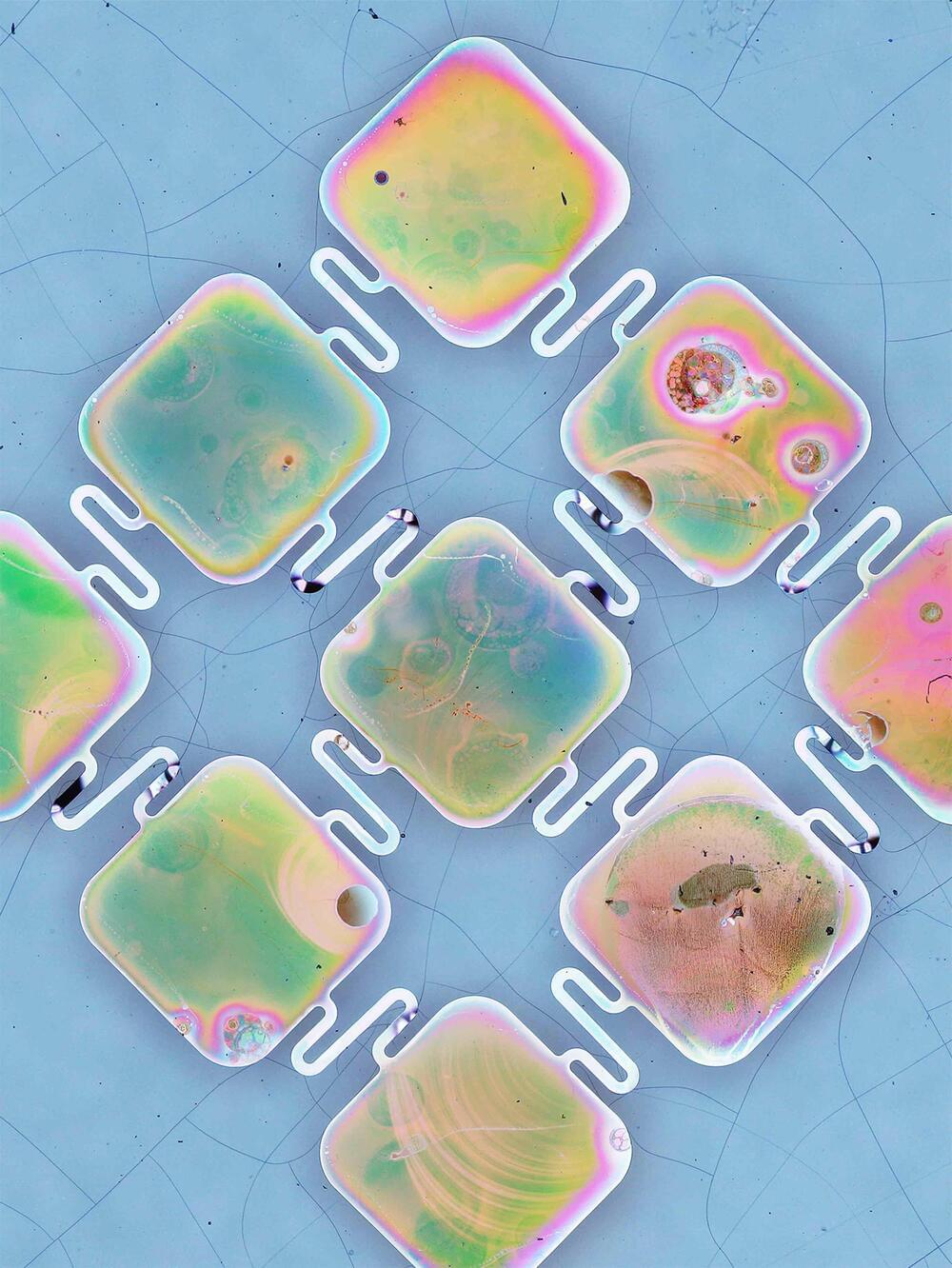Get the latest international news and world events from around the world.

How do we know when AI becomes conscious and deserves rights?
Machines becoming conscious, self-aware, and having feelings would be an extraordinary threshold. We would have created not just life, but conscious beings.
There has already been massive debate about whether that will ever happen. While the discussion is largely about supra-human intelligence, that is not the same thing as consciousness.
Now the massive leaps in quality of AI conversational bots is leading some to believe that we have passed that threshold and the AI we have created is already sentient.
A new brain-inspired intelligent system can drive a car using only 19 control neurons!
Read the article:► https://medium.com/towards-artificial-intelligence/a-new-bra…d127107db9
Paper:► https://www.nature.com/articles/s42256-020-00237-3.epdf.
Watch MIT’s video:► https://www.youtube.com/watch?v=8KBOf7NJh4Y&feature=emb_titl…l=MITCSAIL
GitHub:► https://github.com/mlech26l/keras-ncp.
Colab tutorials:
The basics of Neural Circuit Policies:► https://colab.research.google.com/drive/1IvVXVSC7zZPo5w-PfL3…sp=sharing.
How to stack NCP with other types of layers:► https://colab.research.google.com/drive/1-mZunxqVkfZVBXNPG0k…sp=sharing.
Follow me for more AI content:
Instagram: https://www.instagram.com/whats_ai/
LinkedIn: https://www.linkedin.com/in/whats-ai/
Twitter: https://twitter.com/Whats_AI
Facebook: https://www.facebook.com/whats.artificial.intelligence/
Medium: https://medium.com/@whats_ai.
The best courses to start and progress in AI:
https://www.omologapps.com/whats-ai.
Join Our Discord channel, Learn AI Together:
https://discord.gg/learnaitogether.
Support me on patreon:

Google Engineer On Leave After He Claims AI Program Has Gone Sentient
Blake Lemoine reached his conclusion after conversing since last fall with LaMDA, Google’s artificially intelligent chatbot generator, what he calls part of a “hive mind.” He was supposed to test if his conversation partner used discriminatory language or hate speech.
As he and LaMDA messaged each other recently about religion, the AI talked about “personhood” and “rights,” he told The Washington Post.
It was just one of the many startling “talks” Lemoine has had with LaMDA. He has linked on Twitter to one — a series of chat sessions with some editing (which is marked).

Ironic! Norway is Building a Massive Wind Farm to Boost Oil Production
In a huge twist of irony, Norway is building the world’s largest wind farm — to power offshore oil and gas fields.
If you’re raising your eyebrows at this point, we are too.
The project called Hywind Tampen is set to be constructed and operated by Norwegian energy giant Equinor, who also happens to be drilling for oil and gas in the area.




Sponge-like solar cells could be basis for better pacemakers
Holes help make sponges and English muffins useful (and, in the case of the latter, delicious). Without holes, they wouldn’t be flexible enough to bend into small crevices, or to sop up the perfect amount of jam and butter.
In a new study, University of Chicago scientists find that holes can also improve technology, including medical devices. Published in Nature Materials, the paper describes an entirely new way to make a solar cell: by etching holes in the top layer to make it porous. The innovation could form the basis for a less-invasive pacemaker, or similar medical devices. It could be paired with a small light source to reduce the size of the bulky batteries that are currently implanted along with today’s pacemakers.
“We hope this opens many possibilities for further improvements in this field,” said Aleksander Prominski, the first author on the paper.

US General credits Musk’s Starlink with ‘Destroying Vladimir Putin’s information campaign’
Elon Musk and his Starlink Internet service, according to a US general, are responsible for keeping Ukrainian communication links up despite Russian attempts to shut them down. In a June 8 Politico piece, Brig. Gen. Steve Butow, head of the space portfolio at the Defense Innovation Unit, the Pentagon’s Silicon Valley tech outpost, said: “The strategic consequence is that it completely devastated [Russian President Vladimir] Putin’s media campaign.”
“He has never been able to quiet (Ukrainian President Volodymyr) Zelenskyy to this day.” Elon Musk, the billionaire entrepreneur, and his SpaceX firm are working on a satellite network and Earthbound receivers that will beam the Internet throughout the world, reaching locations that previously couldn’t access high-speed internet. The messages going between Earth’s receivers and a “constellation” of satellites flying approximately 342 miles above the surface, according to the business, are quicker than fiber-optic networks and can reach more distant parts of the world.
Musk sent the equipment to Ukraine in March after authorities there requested them after Russia’s incursion on February 24, according to the Washington Post. “While you try to colonize Mars — Russia try to occupy Ukraine! Russian missiles strike Ukrainian civilians while your rockets successfully land from space ” Mykhailo Fedorov, Ukraine’s Vice Prime Minister, sent Musk a tweet on February 26. ” We request that you deliver Starlink stations to Ukraine and address sane Russians to stand.”